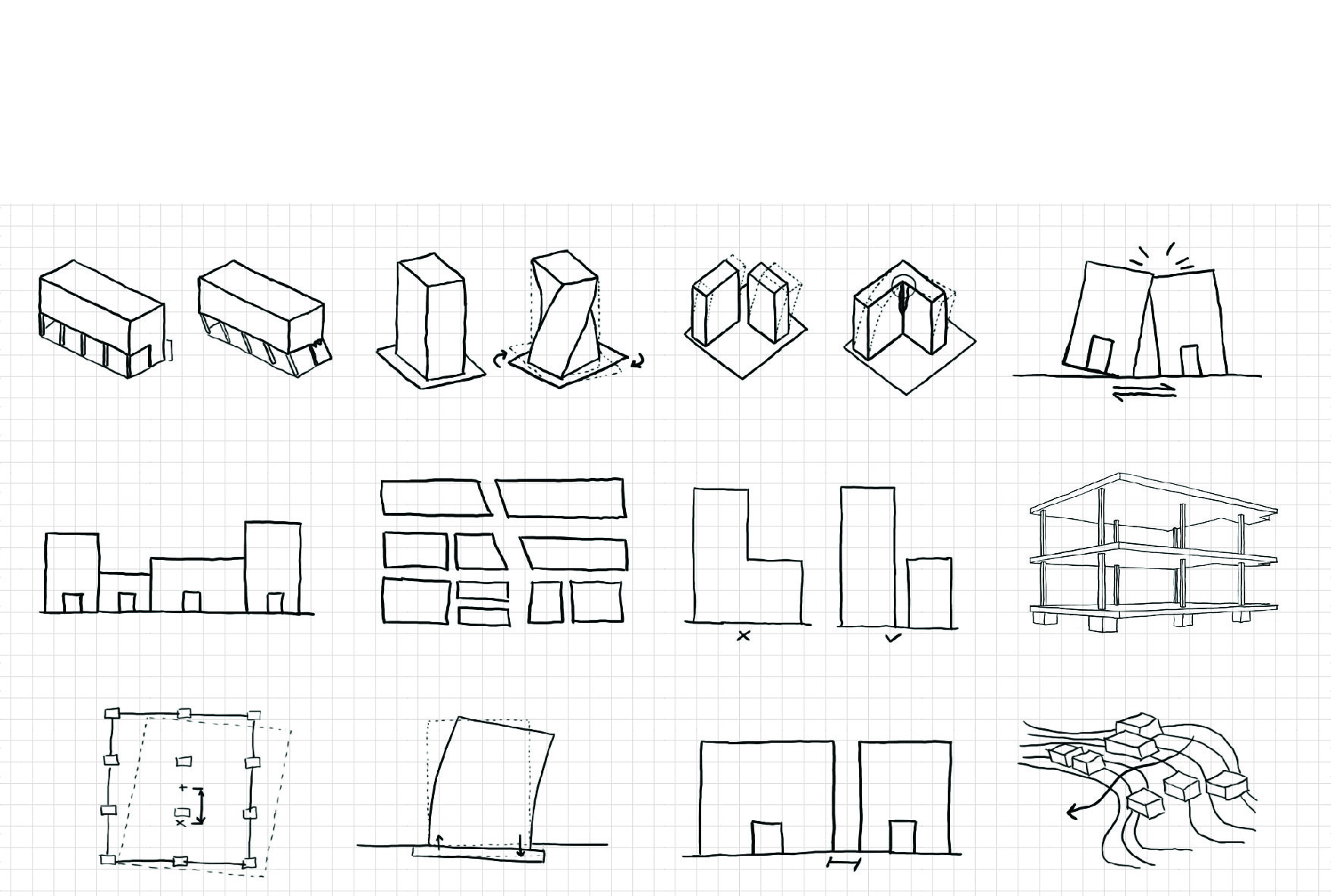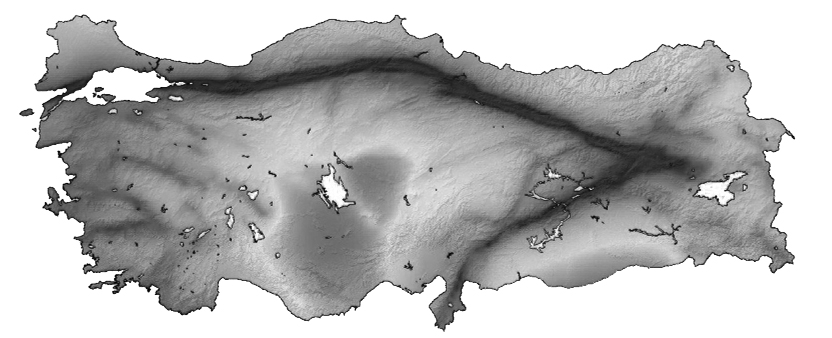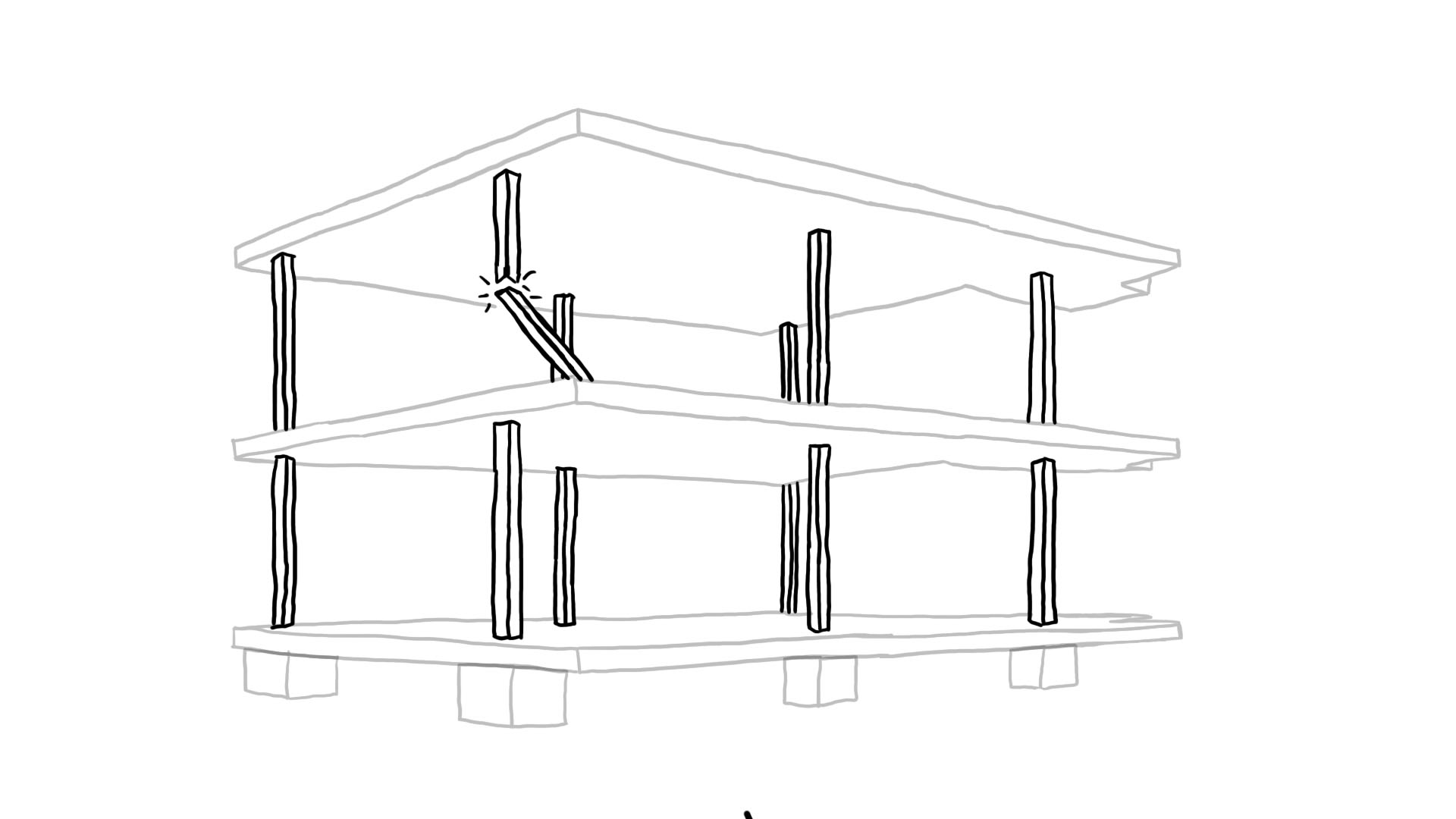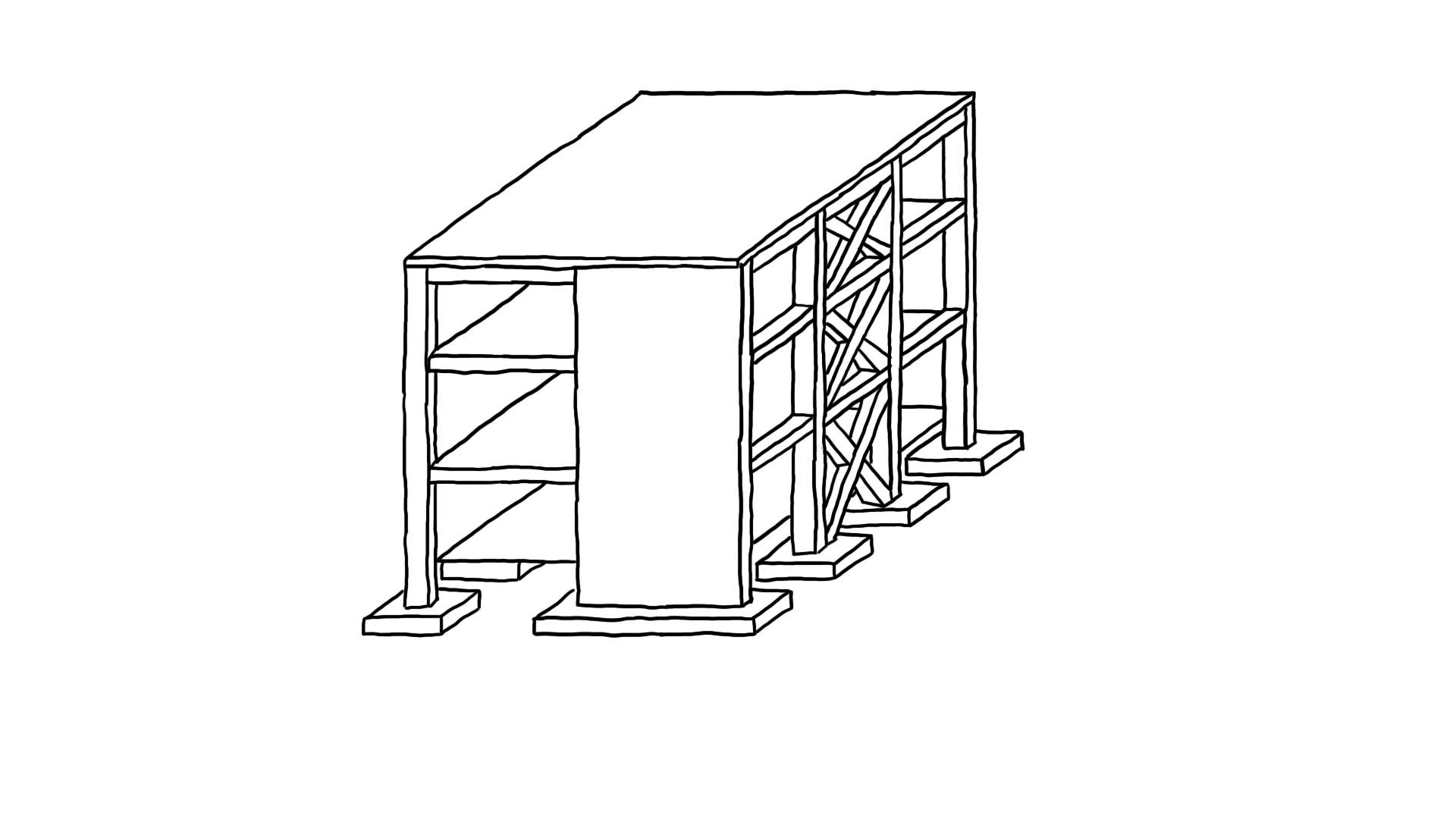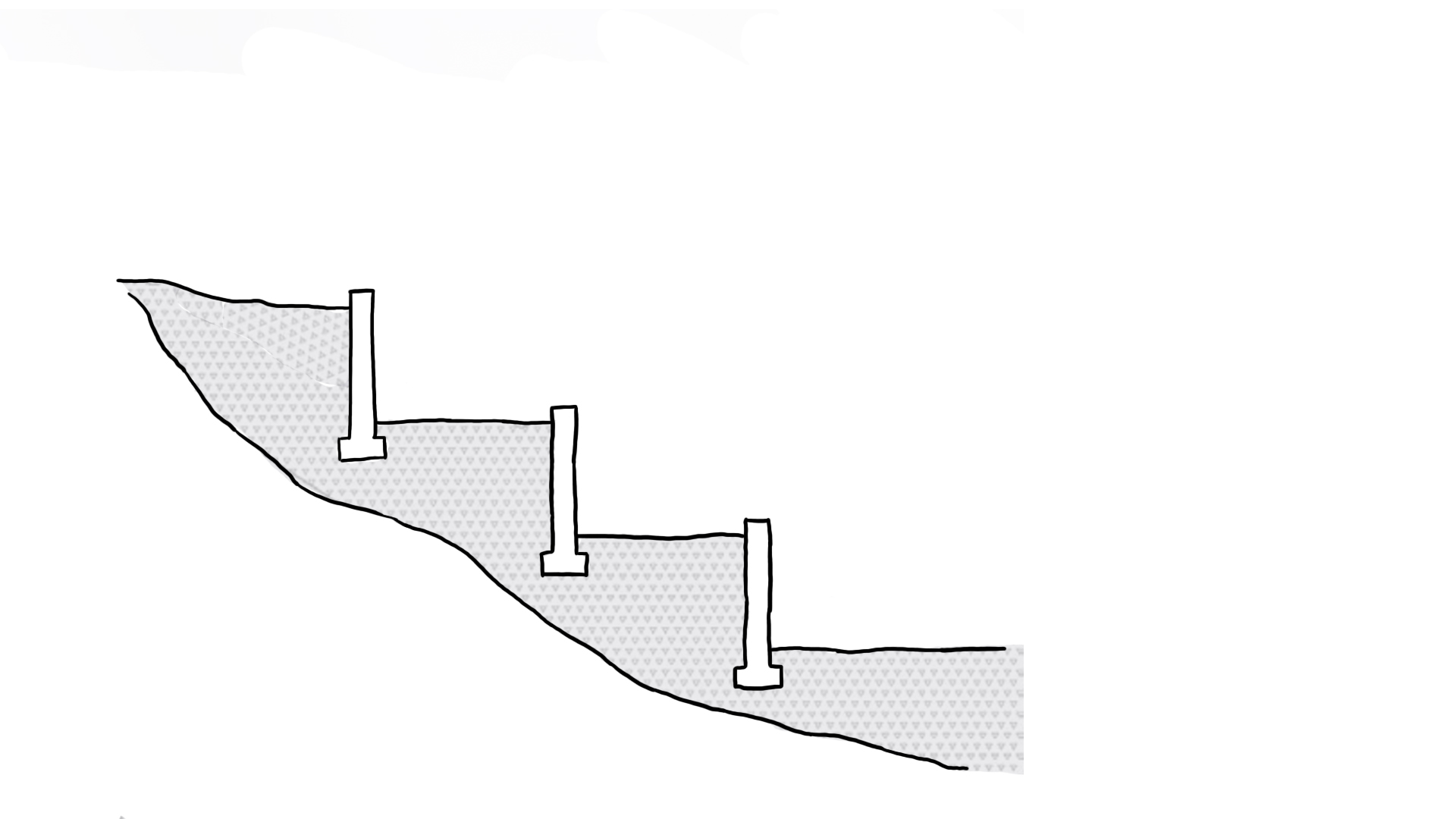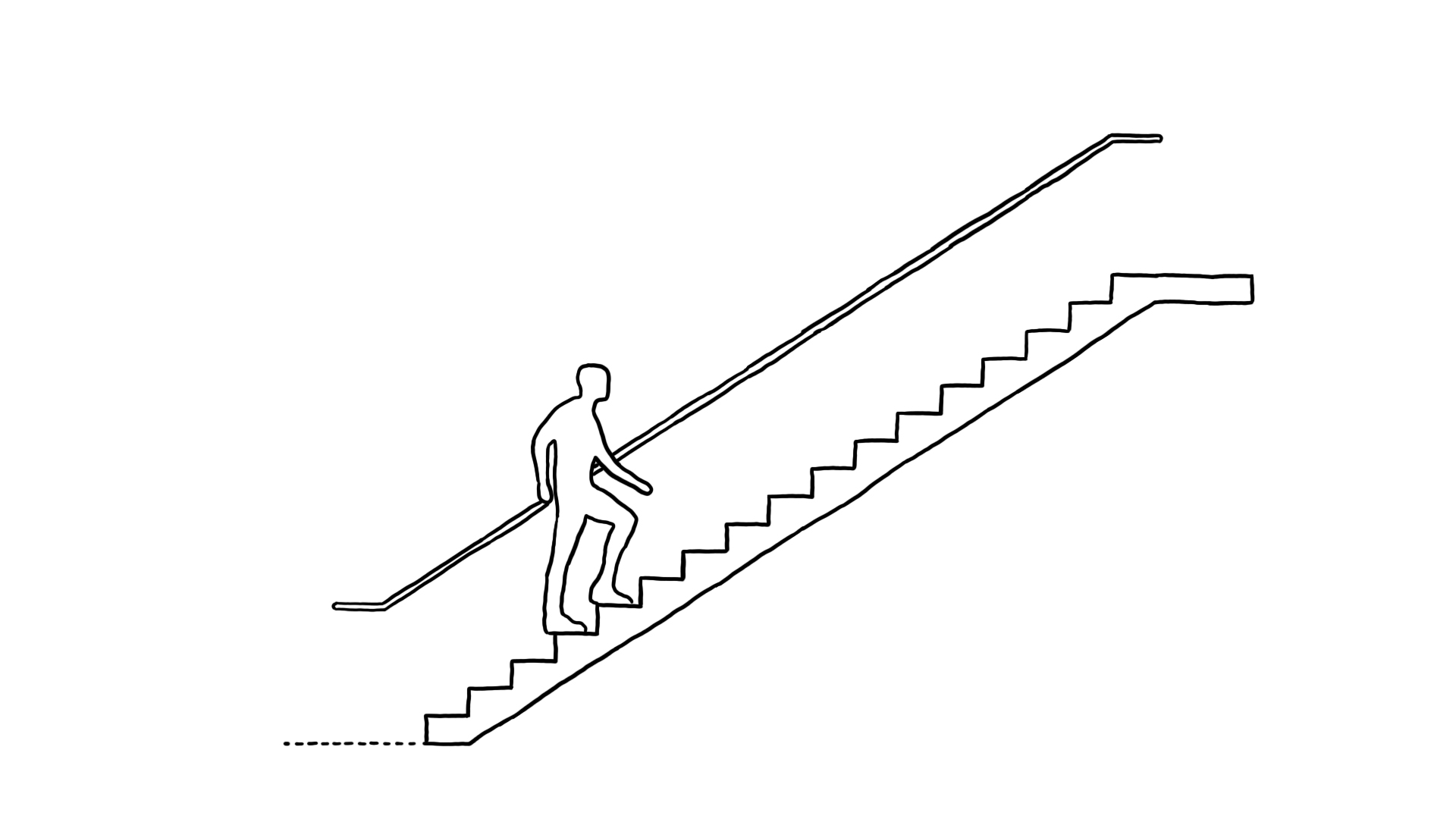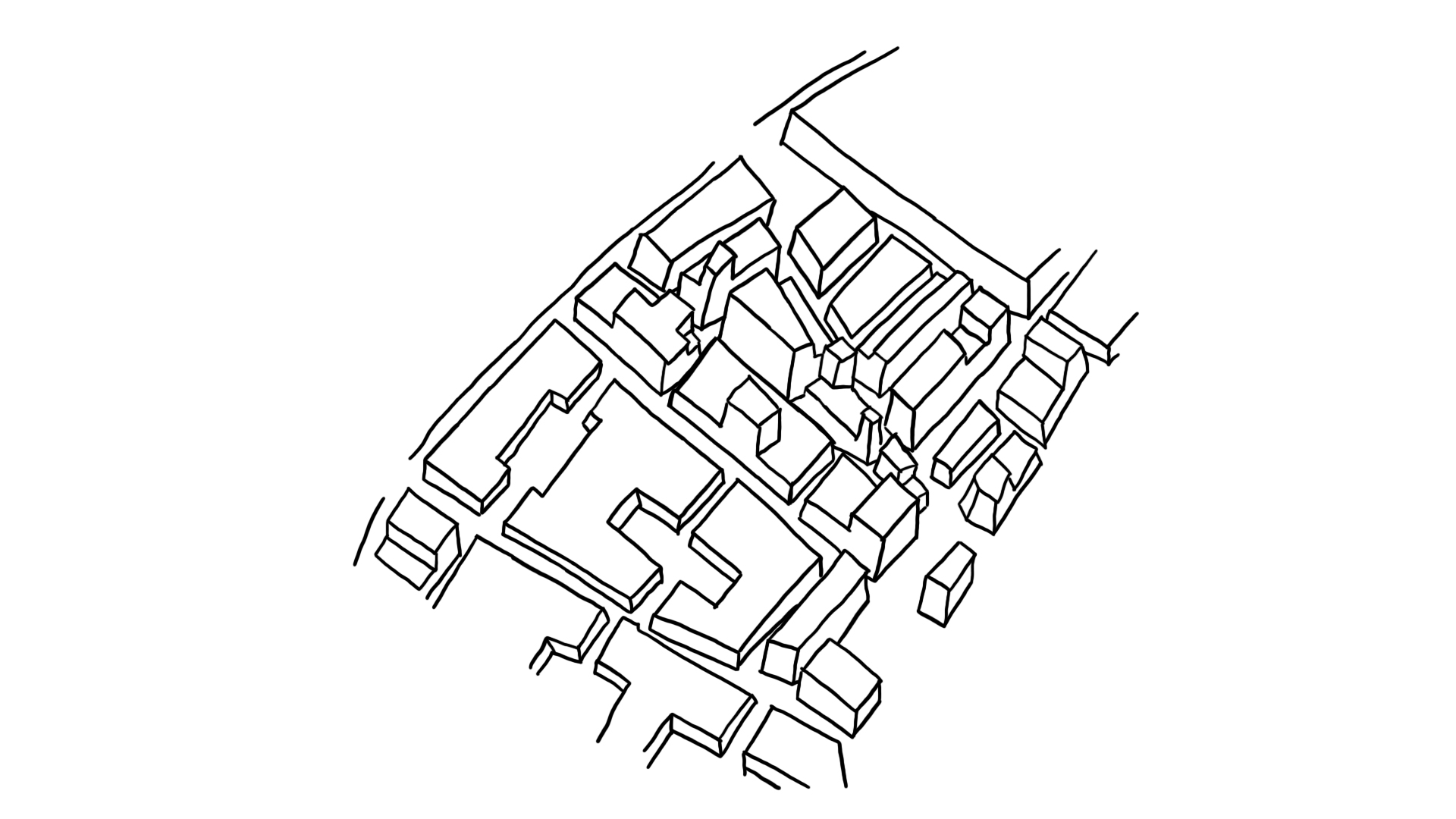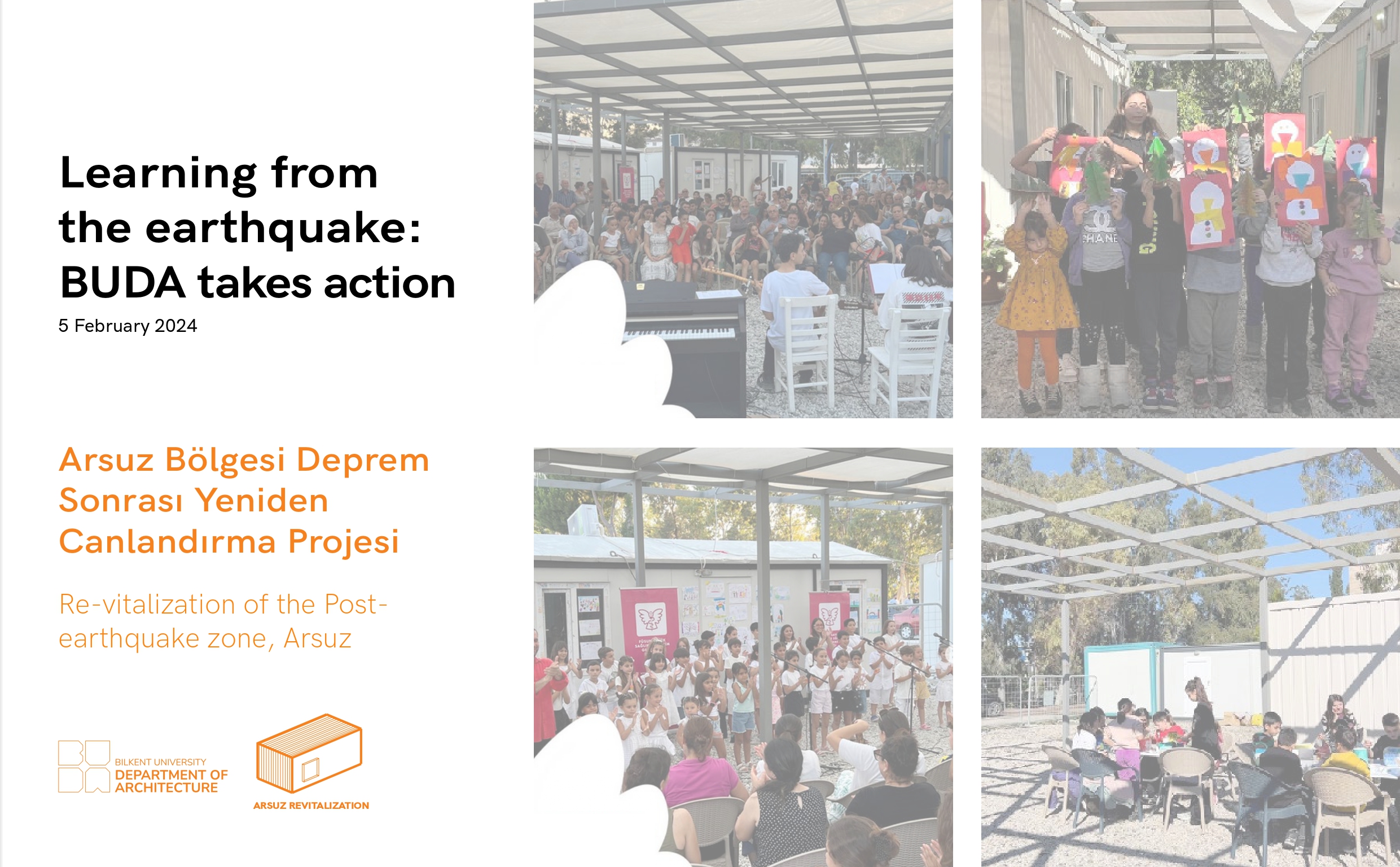Student’s Guide to Earthquake-Resistant Design
On 6th February 2023, across southern Turkey, a 7.8 magnitude earthquake and a second major tremor hours later caused large-scale destruction, leading to the loss of life of more than 50,000 people and the devastation of hundreds of thousands of buildings causing displacement for a massive part of the population. The post-disaster assessment attributes the extensive damage and significant loss of life to various factors: unchecked urbanization, ineffective policy implementation, non-compliance with seismic building codes, substandard material quality, and incompatible construction practices. However, along with these governance-related and technical deficiencies, the event also underscored the important role of architects as agents for responsible design practices.
The event put forth the need for a better understanding of seismic hazards among archtitecture students and young professionals. The disaster and its post-occurrences demand for renewed commitment to an active indulgence of public safety as the core principle of livability and a key aspect of architectural design thinking. This guide prepared by the collaboration of faculty and graduate students of Bilkent University, Department of Architecture, is a small step towards this imperative.
Aim and Scope
This guide serves as a condensed resource on seismic design concepts driven by three primary goals. Firstly, while there is an abundance of well-researched literature on earthquake-resistant building strategies, much of it is technically complex and requires extensive reading. This guide offers simplified, abridged versions of these concepts, providing ease of navigation and referring readers to original sources for in-depth study. Secondly, it reinforces learning by linking to relevant lectures, slides, and readings from the department’s curriculum, where these seismic design concepts are discussed. Thirdly, recognizing learning as an ongoing process of identifying and bridging gaps, this guide, being an online resource, maintains a flexible framework for enhancement through collective usage and collaborative feedback.
The guide offers a comprehensive overview of building vulnerabilities during seismic events, delving into various types and natures of these vulnerabilities. It highlights design susceptibilities, structural deficiencies, and secondary factors that contribute to structural damage during earthquakes. Furthermore, the guide explores key concepts essential for making informed decisions about seismic-resistant design. Building upon these foundational ideas, it details the principal features of seismic-resistant design, providing in-depth insights into enhancing building resilience to seismic activities. Beyond individual structures, it also addresses the broader context of urban design, emphasizing urban planning strategies’ importance in mitigating widespread damage and enhancing overall seismic resilience. As an ongoing developing archive, the guide aims to serve as an easily accessible repository for students, underscoring the informational resources always at hand for architectural design considerations.
-
Turkish Context and the Seismic Hazard
In Turkey, the vulnerability to earthquakes is a critical concern; a significant 92% of the country’s land, accommodating 95% of the population and hosting 98% of industrial facilities, lies within earthquake-prone areas. Furthermore, 92% of the nation’s dams are situated in these high-risk zones. With regard to seismic threat, 21.5% of the population resides in…
-
Building Design Susceptibilities
These issues pertain to the overall building configuration and are applicable across all configurations. In accordance with current seismic codes, irregularities encompass a range of configuration variables that notably impact the building’s seismic performance. While definitions may differ, consensus exists on the key configuration irregularities deemed significant. Building Size The impact of configuration irregularities varies…
-
Structural Susceptibilities
Soft and Weak Stories A soft story exhibits a significant decrease in lateral stiffness from the level immediately above it, while a weak story experiences a notable reduction in strength compared to the story above. The key attributes of a weak or soft first story involve a discontinuity in strength or stiffness, particularly at the…
-
Secondary Causes of Built Damage
Following an earthquake, several destructive secondary causes for structural damages might occur. The most significant of which are subsidence, liquefaction, and Pounding due to proximity to other buildings Subsidence The impact of an earthquake on both dry and wet loose soils is similar to the densification effect that a vibrator has on fresh concrete. Densification…
-
KEY FEATURES OF EARTHQUAKE-RESISTANT DESIGN
General Concepts for Seismic Resistance In simple terms, an earthquake is the back-and-forth ground movement during a seismic event. The time taken for one complete oscillation is the period of the earthquake, which dampens after the first movement. This oscillation causes the super-structure (building) to accelerate one way, followed by a back push, producing a…
-
HORIZONTAL STRUCTURAL ASSEMBLIES
While seismic damage typically highlights vertical elements, the importance of horizontal structures for seismic resistance is often overlooked. Crucial for force transmission, they intertwine with floor systems. Despite their invisibility in architectural plans, they significantly impact design decisions, relying on inherent strength and often sacrificially protected by damage to vertical elements, which can compromise building…
-
FOUNDATIONS
Forces from both the superstructure and ground acceleration act on foundations, making it the most critical part of the structure design in terms of resisting and transferring seismic movement (See fig. 3.2.3-a). There are many factors, including building design, structural choice, and site susceptibility to seismic hazards(as previously described in section 2), that determine the…
-
Vertical Structural Assemblies
Horizontal members bear the responsibility of resisting inertia forces, channeling them into the vertical structure. The vertical elements, encompassing walls, columns, or diagonal braces, counteract these forces, transmitting them downward into the foundations. The seismic resistance required in the vertical structure differs markedly from that designed for gravity forces. Gravity-resisting structures typically adopt post-and-beam or…
-
RETAINING STRUCTURES
Retaining structures located in seismic regions are subject to static soil pressures that are increased by dynamic effects. Where a structure also retains water, or any other fluid for that matter, the structural design process includes hydrodynamic pressures. Various types of retaining walls resist horizontal soil pressure. Gravity walls They rely on their self-weight to…
-
ROLE OF NON-STRUCTURAL ELEMENTS
Non-structural elements are not designed to withstand seismic forces beyond their mass. These elements can be categorized into three groups: architectural features like cladding panels and partition walls; mechanical and electrical components such as elevators and plumbing; and building contents, encompassing items like bookcases. Two compelling reasons to seriously consider the seismic performance of these…
-
URBAN CONSIDERATIONS TO IMPROVE SEISMIC RESISTANCE
To mitigate seismic risks in communities, urban planners often restrict construction over known active fault lines. Buildings over these faults face severe damage from fault movements, which can be horizontal, causing shearing to foundations, or vertical, leading to structural distortions. Such damage typically exceeds that caused by ground shaking. Buildings on ruptured faults are prone…
References
General Guidelines for Urban Design in Seismic-Prone Regions (UDSPR)
Book by Hossein Bahrainy and Ameneh Bakhtiar. Published in 2022. Available at Bilkent Library.
Earthquake Protection (EP)
Book by Andrew Coburn and Robin Spence. Published in 1992. Available at Bilkent Library.
Seismic Design for Architects: Outwitting the Quake (SDA)
Book by Andrew Charleson. Published in 2008. Available at Bilkent Library.
Architectural Considerations (AC)
Chapter by Christopher Arnold in The Seismic Design Handbook by Farzad Naeim. Published in 2001. Available at Bilkent Library.
Guidelines for Earthquake Resistant Non-Engineered Construction (GERNC)
Book by Anand Arya, Teddy Boen, and Yuji Ishimaya. Published in 2014. Available at UNESCO Digital Library (Open Access).
Joint Preliminary Virtual Reconnaissance Report (PVRR)
A Joint Report by 2023 Türkiye Earthquake Sequence. Available on ETH Zurich Research Collection (Open Access)
Lecture Slides
Chapter 1 on Reinforced Concrete Members, ARCH 332 Structural Design-II
Chapter 4 on Shear Design of RC Members, ARCH 332 Structural Design-II
Chapter 5 on RC Column Design, ARCH 332 Structural Design-II
Chapter 7 on Earthquake Design, ARCH 332 Structural Design-II
Lecture 1A on Loads, ARCH 331 Structural Design-I
Chapter 1 on Force, Stress, and Load, ARCH 231 Statics and Strength of Materials
Week 3 Lecture on Building Systems, ARCH 252-2 Construction and Materials
Week 4 Lecture on Structural Safety, ARCH 252-2 Construction and Materials
Week 6 Lecture on Foundation Systems, ARCH 252-2 Construction and Materials
Useful Resources
Home builder’s guide to earthquake resistant design
Why One Upscale Apartment Building Became a Death Trap in the Turkey Earthquakes – The New York Times
Cause and Surface Faulting of the Türkiye Earthquakes of February 6, 2023
The Science Behind the Massive Turkey-Syria Earthquakes
How these buildings made Turkey-Syria’s earthquake so Deadly
-

LESSONS LEARNED FROM KAHRAMANMARAŞ EARTHQUAKE
In the wake of the immense disaster caused by the February 2023 Kahramanmaraş earthquakes, the lecture focuses on structural performance and its vulnerabilities under the impact of seismic forces. The lecture aims to inform architectural students about the effects of earthquakes, the damages they can cause, and the design methods that can reduce the losses.…
Team
Coordinated by:
Assoc. Prof. Dr. Burcu Şenyapılı Özcan,
Assist. Prof. Dr. Aysu Berk,
Technical Assistance:
Dr. Yiğit Acar
İbrahim Tahir Hailru,
Shahzeb Khan,
Rüya Uzun
Department of Architecture Bilkent University FF-304A
06800 Ankara – TURKEY
Email: arch@bilkent.edu.tr
Phone: +90-312-290-3463
Fax: +90-312-266-4402
